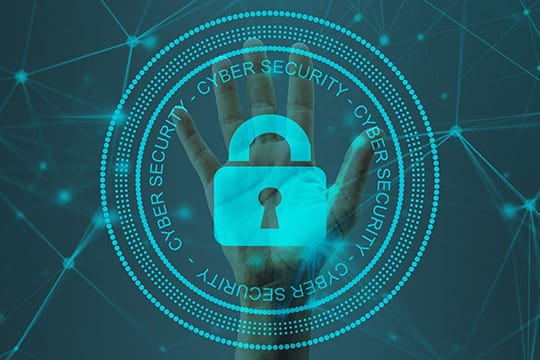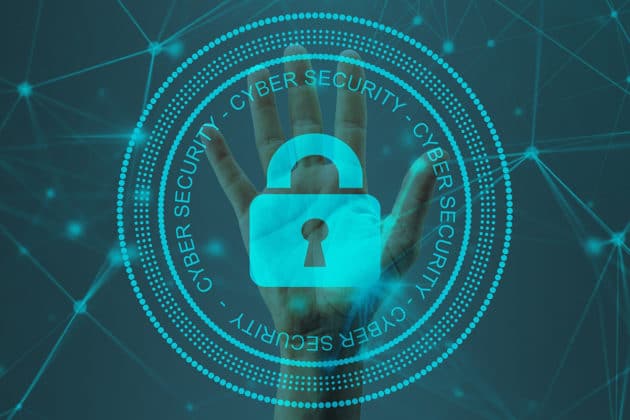Enterprises are evolving at an incredible velocity. One of the reasons for this transformation is data storage. It is a big concern for companies in the age of data. Nowadays, more enterprises prefer to adopt cloud-based storage.
This cloud system prevents them from investing in traditional software, hardware, and Human Resources. They transport their sensitive data to the cloud environment, and this cloud architecture ensures them a space to stock.
Remote working has become widespread and employees have an opportunity to work remotely. This actuality forced companies to transport their data resources to cloud systems. Remote workers need to access the company’s data regardless of where they are working. Although cloud architecture has plenty of profits, it has some disadvantages.
Cloud-based storage is vulnerable to cyber-attacks and data leakages. To prevent it from the noxious movements and ensure encrypted communication, Zero Trust implementation for your enterprise has vital importance.
What is Zero Trust?

When we talk about cybersecurity measurements, we always mention malicious actions from the outside to prevent external threats. But we all miss the fact that there are also internal threats to our security.
Zero Trust security has a conception of never trusting. It assumes that every device, user, and network is untrustworthy and needs authentication to access any service or resource. If you set up a Zero Trust security system for your enterprise, all users and devices need to be authenticated to access your services. Being in-network or out of network is not determining for the Zero Trust to decide which user or device has permission to access.
Zero Trust always implements its tenet about always validating in every section such as users, devices, networks, and applications. It has wide supervision for ensuring security. Before passing the featured benefits, you should understand how Zero Trust explained to widen your knowledge.
Recommended for you: 12 Types of Endpoint Security Every Business Should Know.
A brief explanation of the Zero Trust framework

You should consider Zero Trust as a framework, not a service. It includes separate units and principles such as users, equipment, proceedings, and policies. They all come together and constitute Zero Trust.
Users are the main component of the Zero Trust Network and managing their privileges needs to be considered in the implementation. The trustworthiness of devices is the other question when it comes to Zero Trust. Network boundaries are more particular because it uses micro-segmentation and it enables end-point users to come closer.
DAAS in Zero Trust architecture

DAAS (data, applications, assets, and services) represents the ground that you aim to protect. By implementing Zero Trust for your enterprise, you should first determine what you want to protect and which components you should consider. Defining and limiting your data may be a good beginning. So, you will recognize your data portfolio and take appropriate measurements for them.
The applications your enterprise includes is another question when it comes to DAAS. It is important to define applications because all applications have their own data that need protection. Meanwhile, you get a chance to detect which app contains sensitive data and call for more attention.
Human resources, financials, customer services, and operations are the main assets of an average enterprise. To implement Zero Trust properly, you must be aware of your enterprise’s assets and their features. Putting your assets into pieces is crucial at this moment. Once you accomplish this, it becomes easier to specify them. It also reflects the micro-segmentation feature of Zero Trust and upgrades your implementation success.
Lastly, you should decide which of your services are more vulnerable to data leaks and put your security on the line. This method has crucial importance. It enables you to analyze and evaluate your threats repeatedly.
Further components of Zero Trust architecture

You may like: 5 Most Promising IoT Business Trends to Follow in 2022.
1. User base

Determining who has access to your enterprise resources and who needs admittance might be a good starting point. Of course, your employees need an accession in the first place. But in implementing Zero Trust, it is crucial to make an employee list and regulate their authentications. Because, if you give permission to all employees to all resources, it makes Zero Trust meaningless. You should understand their job descriptions and give each employee a restricted accession that they need to have, not more.
You can regulate your clients and third-party contractors’ authorities. Then, you can limit them with boundaries that you assigned and be sure about their permission. It also enables you with extended monitoring.
2. ISP policies

It is critical to establish policies for your enterprise. These policies are also known as Information Security Policies (ISP) and hold an important place for your enterprise’s scalability. An average policy includes a bunch of guidelines that help you to create an acceptable standard.
Enterprise’s information technologies consisted mainly of applications and networks. To control both your networks and applications, you need to consider three main principles: integrity, availability, and confidentiality. This means that you can monitor and regulate your data in many ways. ISP Policies also keep you in compliance with government regulations and laws. This provides you with an organized workflow system.
3. Monitoring systems

Zero Trust is not a product that you buy once and let go of the rest. You should keep monitoring your process and be sure that everything goes as you arranged. Your responsibility toward security will continue. Observing access requests, failed behaviors, etc. enable you to take swift actions.
Top 4 reasons why you should implement Zero Trust for your enterprise?

Here are the top 4 reasons why you should implement Zero Trust for your enterprise. Let’s dig into it!
Recommended for you: Social Media Best Practices for Small Businesses in 2022.
1. Comprehensive monitoring

Using a Zero Trust model for your enterprise will enhance your monitoring over the network. Thus, you can decide whether to give permission or not to access requests. It offers authorization management to regulate access to the resources. You can easily draw the borderlines for resource access.
If all the users in your network have permission to access every resource in your enterprise, it will diminish the security and your ability to control them. But with a Zero Trust, you can limit the authorizations and lessen the unnecessary data access.
Determine which users need to be authenticated for which resource and give them constrained permission. It will prevent you from the risks of entire network access and privileges. Speaking of the privileges, you need to notice that Zero Trust ensures RBAC (Role-Based Access Controls) and this is also facilitating your control of access.
2. Micro-segmentation benefits

To ensure network security, Zero Trust implements micro-segmentation. It seems like an unfamiliar term but we can consider it as the first step of Zero Trust. With a micro-segmentation, your network breaks into small pieces. So, you can minimize your outlook and give attention to each micro-segment.
The micro-segmentation process serves as a facilitator to ease your prevention of attacks. With a micro-segmentation, you can observe each segment separately and it allows you to keep control.
Micro-segmentation also reduces the possible damages that happen in the network. Because your network is not considered as a whole at all and it halted the domino effect. If leakage or attack occurs in one segment you can take control over it before spreading it out to the others.
3. Protection against brand-new and increasing cyber attacks

Since e-commerce and other online activities have increased, cybercriminals have started to make an effort to advance their attacks. Check Point Research reported that enterprises encountered cyber attacks fifty percent more in 2021 compared to past years.
Zero Trust gives you immunity against cyberattacks. Micro-segmentation, 2FA (two-factor authentication), and location ID are the fundamental tools that make you resilient to cyberattacks. It prevents cybercriminals from moving into other segments and damage increases. All the mechanisms that Zero Trust provides, assure your enterprise’s reputational and financial well-being.
4. Data security

Implementing the Zero Trust model for your business to assure your data security is recommendable. You can consider data security two-sided: One side is data storage, and the other is data transportation. A secure network promises both of them and assures you of being protected against any data breach.
Zero Trust ensures that you will be able to recognize which user or device attempts to access your services and be aware of any threats. It also provides you with a piece of previous information about potential threats. So, you can construct the admittances and privileges according to your interests.
You may also like: 13 Tips for Building an Effective Business Website in 2022.
The future is here

If you want to escalate your enterprise’s profits and brand value, the first thing you must consider is cybersecurity and data protection. Zero Trust implementation mitigates the cyber threats and announces the future of cyber security. Your employees, customers, and work partners will be secured by adopting it for your enterprise.
The first step is to recognize your enemies. If you can properly detect the possible threats and make provisions against them, you can assuredly mitigate cyberthreats and construct a stable framework. With Zero Trust, all processes will progress and you will be in the comfort of securing the future.





